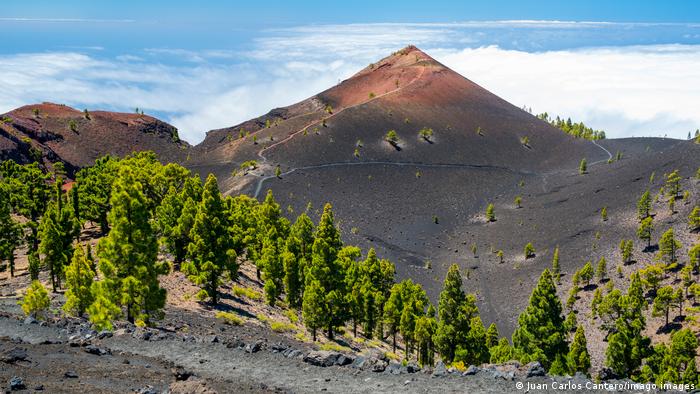
They are equipped with slightly elevated instrumentation and eagle-eyed drones. They examine gas emissions, and molten material flows with the help of satellites. On the ground, they gather everything from the slightest particles to “lava bombs,” the equivalent of watermelons that are hurled as scorching missiles by one of the world’s most significant forces.
Scientists from all over the globe are rushing to La Palma, one of Spain’s Canary Islands throughout the Atlantic Ocean, to take full advantage of a volcanic activity that is occurring barely a hours drive away from an international airport and the safety of working under military escort. They’re using cutting-edge technology to investigate an unusual seismic event that occurred on land, sea, aircraft, and even space.
The main objective
The ultimate objective on La Palma, as with the two dozen numerous different major live eruptions around the world, from Hawaii to Indonesia, is to take advantage of a once-in-a-lifetime opportunity to learn more about volcanic activity: how they establish, develop, and, most importantly for the islanders, when and where they end.
Despite recent technical and scientific advances, scientists can only guess what happens throughout the underworld, where lava forms and melts anything human-made technology. Humans have only been able to maneuver through the planet’s crust to a depth of slightly over 12 kilometers (7.6 miles), a feat accomplished by Soviet scientists in 1989.
Although there has been significant improvement in our knowledge of geological and attaining greater over the last 30 or 40 years, it is still impossible to know for certain what happens at depths of 40 to 80 kilometers (25 to 50 miles).
We’re probably getting a greater sense of the stars than of what goes on beneath our feet.
The north Caribbean scenario
In the Caribbean Islands island chain, which is located 100 kilometers (62 miles) northwest of Africa, natural processes occur once or twice a generation. Many of the Canary Islands are still developing due to magma collecting beneath the surface and, as in La Palma, lava peninsulas emerging beyond the shore. The most recent evolution on the southern island volcanic El Hierro, which occurred a decade ago, occurred just off the coast, making it even more difficult for geoscientists to gather samples.
The island’s large-scale land volcano erupted in 1971, the same year that Valentin Troll, a rock specialist at Sweden’s Uppsala University but instead co-author of a geology assessment of the archipelago, was brought into the world.
Seeing this dynamic in action has blown my head. We’re studying a lot about volcanoes right now.
Still, comparing notes with earlier eruptions necessitates sifting through centuries-old archives, some of which date back to before photography.
Scientists were analyzing the surge somewhat on land’s surface, geophysical swarms, and other signals of an approaching explosive when magma began to accumulate deep beneath La Palma’s Cumbre Vieja massif. They couldn’t pinpoint the precise time of the eruption, but their predictions encouraged officials to start the first evacuation orders just hours before it happened on September 19.
